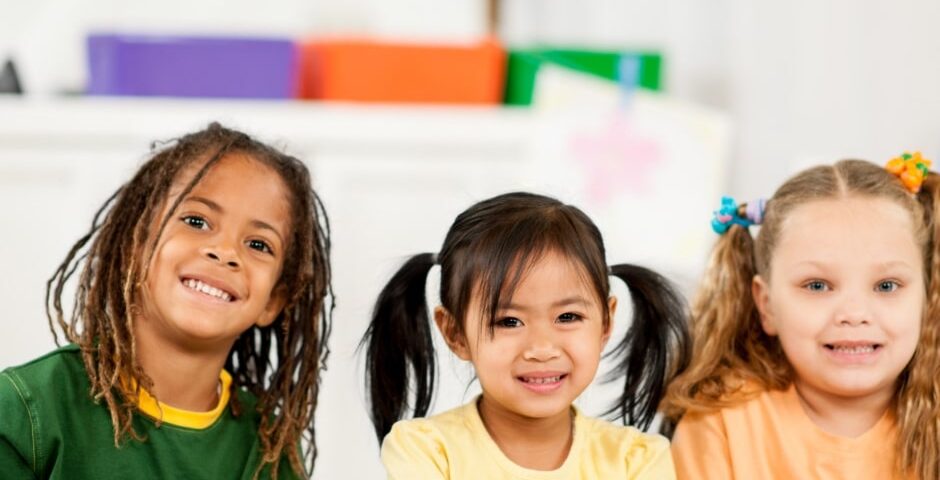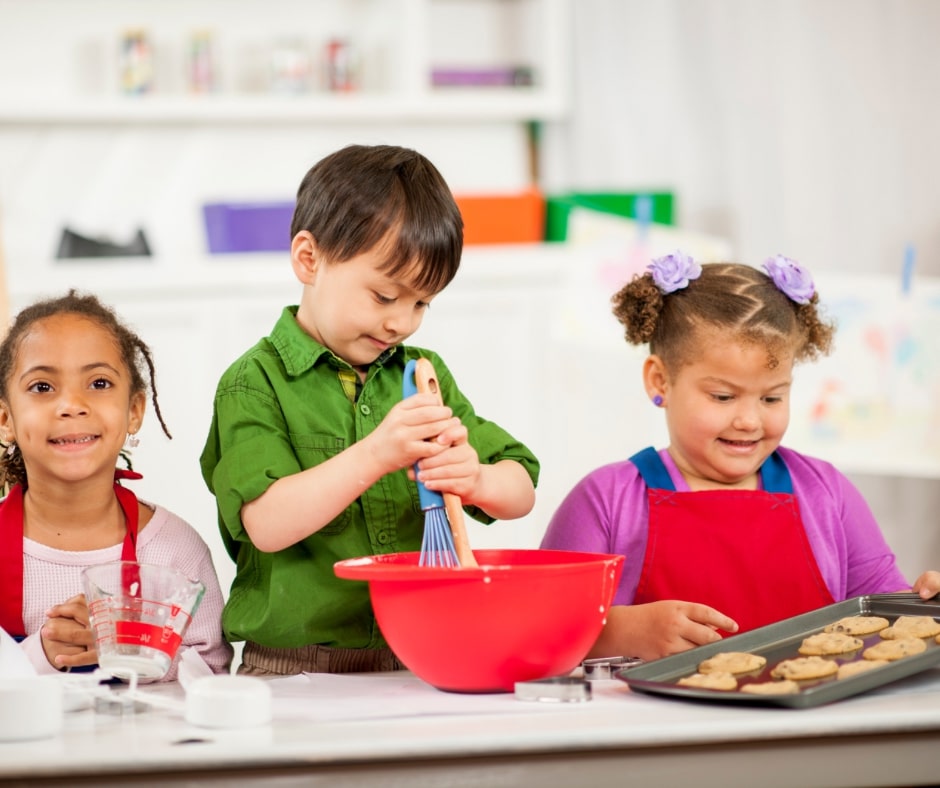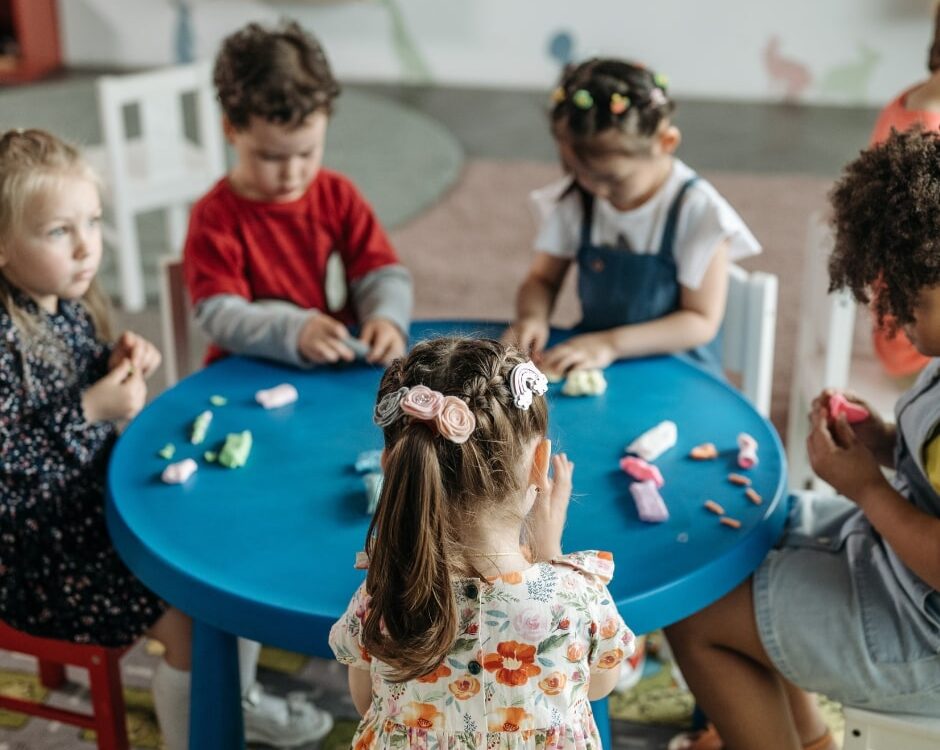4 Ways Learning Sign Language Can Help Communication Skills Did you know that sign language is now classified as a world language just like English, Spanish, German, Italian and any other spoken language across the globe? According to the most recent U.S. Census, it is estimated between 500,000 and 2 million people across the nation speak sign language. This statistic…

4 Ways Learning Sign Language Can Help Communication Skills
November 15, 2022
The Positive Effects of Teaching Children a Second Language
December 15, 2022Why Is Hands-On Learning So Effective?
We use our 5 senses every day.
Sound, smell, touch, taste, and sight.
From the moment we are born these senses come to life and we use them to learn about the world around us.
When we enter a classroom, however, we typically use what senses to learn? Sight to see what’s on the board of paper, and touch to write things down.
But what about other ways of learning that utilize all of our senses and allows us to explore and expand our learning capacity?
Hands-on learning does just that. It’s perfect for preschool and young children who are still learning to use all their senses themselves and they don’t even realize they are learning through play!
What Is Hands-On Learning?
Hands-on learning is a form of learning, just like reading or writing, that stimulates both sides of the brain!
It encourages children to “multitask” in a way that is natural to them. As they interact with the hands-on learning project or experience, they will utilize their listening skills, touch, sight, and more to explore the environment around them.
Hands-on learning also stimulates BOTH sides of the brain. The right side, known as the creative side, is stimulated by the child’s ability to create and imagine and the left side, which is known as the strategic side, works through problem-solving (like putting a puzzle together), sorting, organizing, and understanding spatial awareness.
Benefits Of Hands-On Learning
Hands-on learning is extremely beneficial for children who are growing and developing. It is actually beneficial for anyone at any age!
Wouldn’t you rather take an art or cooking class and do it yourself alongside the teacher, while learning instead of just watching someone make a cake or draw a picture and take notes about it?
We already discussed one of the major benefits above in that hands-on learning stimulates both sides of the brain.
Another great benefit is that it teaches problem-solving and trial and error. This type of learning method allows for mistakes to be made.
For example, if you’re building a sandcastle for an activity and it isn’t coming out the way they want it, they have to figure out a way to solve the problem and learn from their original mistakes.
Hands-on learning is also more realistic than other teaching methods. Instead of just learning about the number 3, you can use blocks to show the value of the number 3 by having them pull 3 blocks away from their pile.
An obvious benefit to hands-on learning is the development of fine motor skills and dexterity. A few fine motor skills that are developed and enhanced could be: Picking up objects, carrying them with proper balance, holding scissors and using them, focusing on objects, etc.
Examples Of Hands-On Learning
Hands-on learning doesn’t have to be complex or in-depth. They can range from simple activities such as puzzle building and block stacking to baking a cake in a mug!
When it comes to hands-on learning, the sky is your limit!
Here are a few great examples of hands-on learning activities we have found to be successful in our classroom and in the homes of our students!
- Sensory play with fidgets, squishy items, different textured items
- Water table activities
- Mud making, sand sculpting, or outdoor activities that involve touch and feel
- Gardening and planting flowers or food
- Baking
- Finger painting
- Scavenger hunts
- Clay sculpting
- Simple obstacle courses
Want To Know More About Why Hands-On Learning Is Beneficial? Connect With TLC Schools Today!
As the leading early childhood childcare and school provider in the Plano, TX region, we here at TLC Schools pride ourselves on the wide variety of learning methods we integrate into our curriculum. Our curriculums start as early as infant childcare at 6 weeks old and go through age 5.
We encourage and help students become well-rounded in all aspects of learning and life skills. A few aspects of our curriculums and classrooms involve language development, second language learning like Spanish and Sign Language, computer skills, hands-on learning, sensory integration, outdoor play, and much more.
To learn more about TLC, our mission, and our philosophy, please continue to read our blog articles like our most recent, about how sign language can help communication skills, as well as browse our website to see our various curriculums and classroom setups.
You can also contact us to speak with one of our dedicated teachers and schedule a tour of the school!









